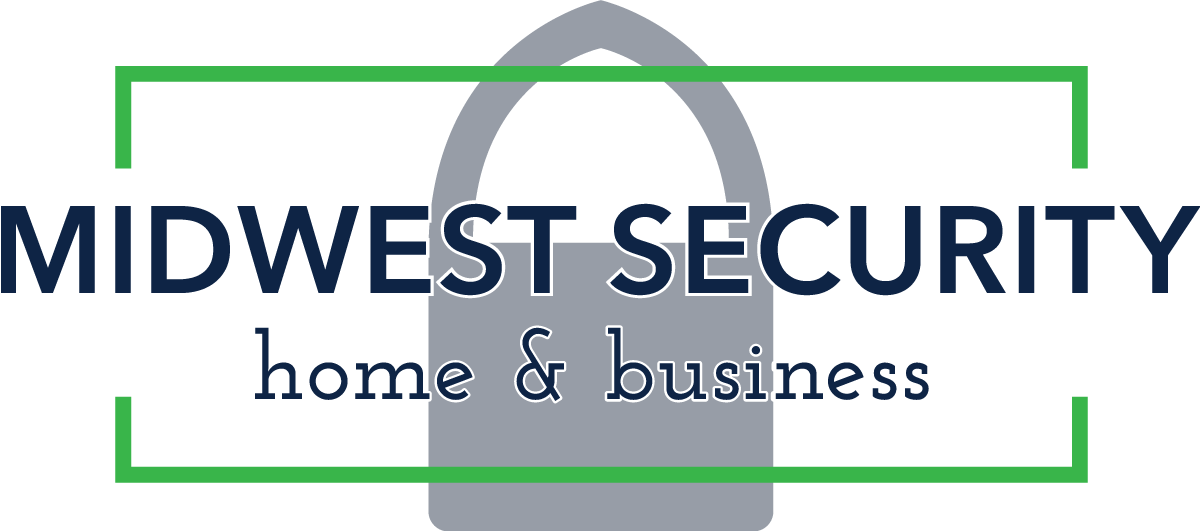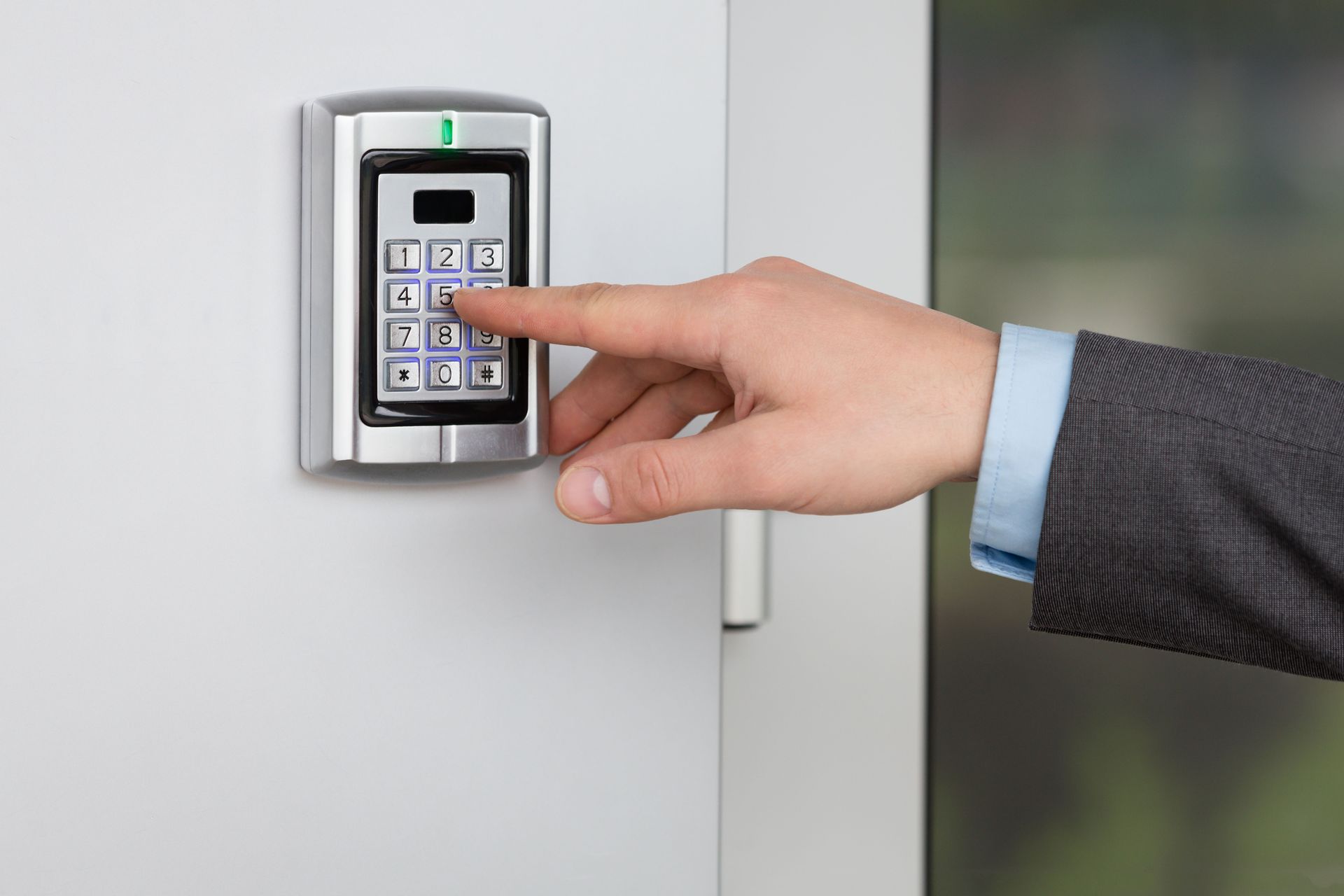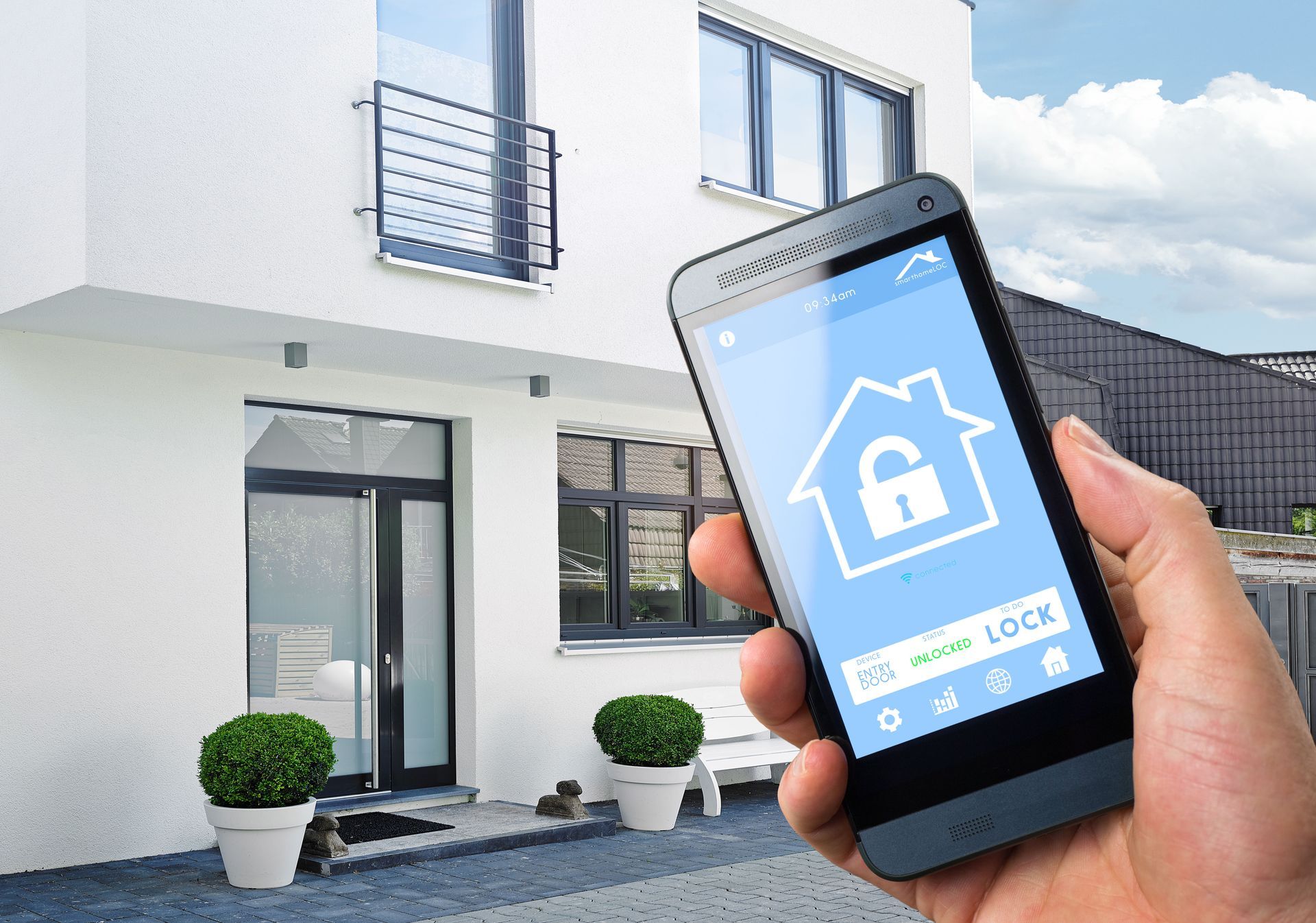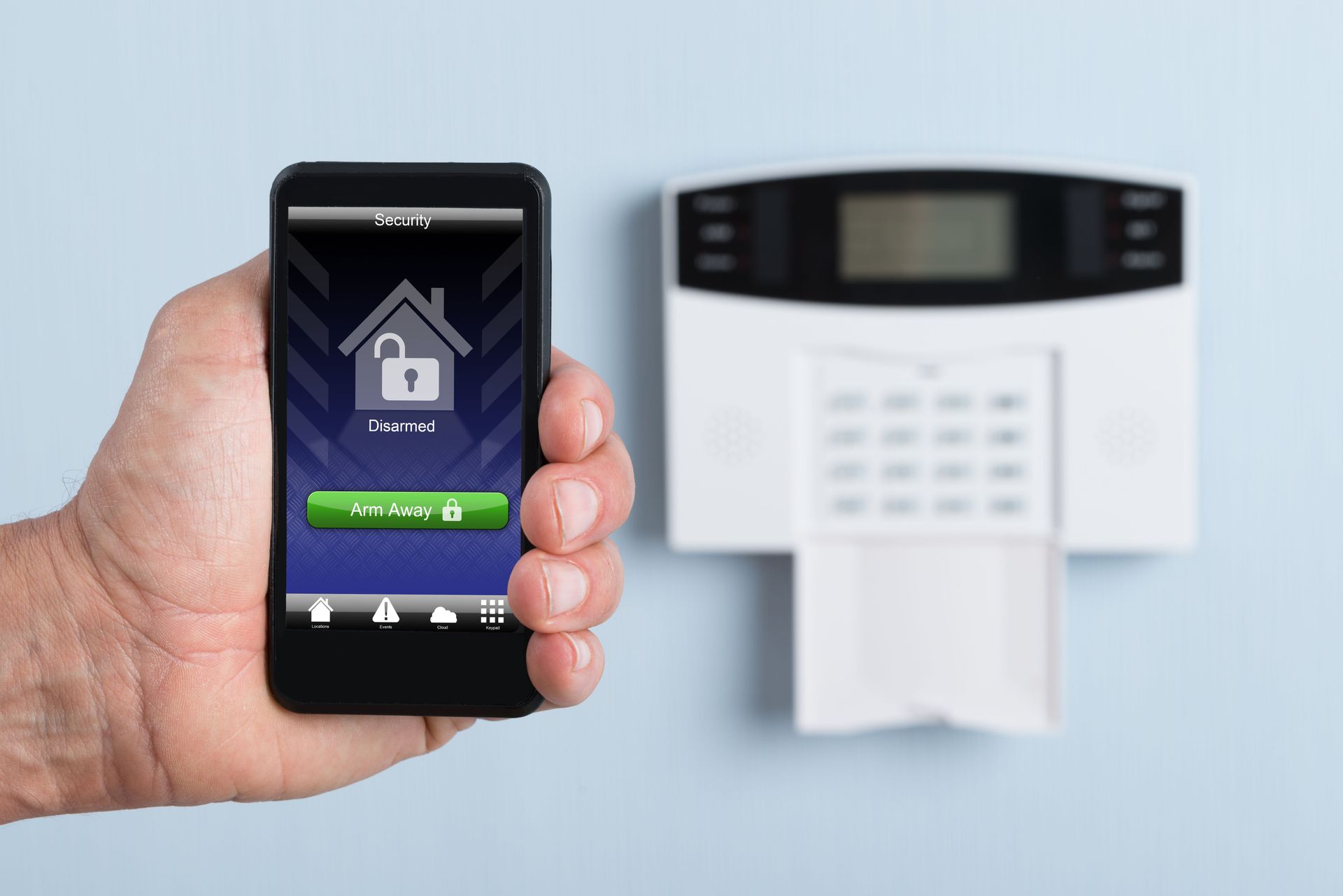How to Choose the Right Home Security System for Your Property Size and Lifestyle
In today’s world, ensuring the security of your home is more crucial than ever. With an overwhelming number of home security options available, it’s essential to choose a system that aligns perfectly with your property’s size and lifestyle needs. A well-chosen system not only protects your belongings but also provides peace of mind for your family. By carefully evaluating your property, lifestyle, and potential risks, you can select a solution that offers both safety and convenience.
According to Safe Home, around 94 million U.S. households use some type of security system, such as cameras, alarms, or access control tools. This growing adoption demonstrates how important personalized safety solutions have become for modern homeowners.
Below, we outline the key considerations to help you make an informed decision.
Assess Property Layout and Entry Points
The first step in choosing the right home security system is evaluating your property’s layout. Every home has unique entry points, such as doors, windows, basements, and garages. Identifying these access points allows you to determine where cameras, motion sensors, and alarms should be placed.
Your assessment should also include detached structures, such as sheds or guest houses. For multi-story properties, focus on windows or balconies that could serve as vulnerable spots. This step ensures your security system provides complete coverage.
Understanding how your family and visitors use these entry points is also important. For example, frequent package deliveries may require a video doorbell or smart lock, while service providers entering through the back or side doors may call for additional surveillance. Mapping traffic patterns makes your home security setup more efficient and reduces unnecessary alerts.
Review Crime Rates in Your Area
Before committing to a system, research crime rates in your neighborhood. Local police reports and online resources can reveal patterns of theft, break-ins, or vandalism. If crime rates are high, you may need advanced systems with professional monitoring, motion-activated lighting, and real-time alerts.
A simpler setup may be sufficient in lower-crime neighborhoods. However, even in these areas, visible cameras and alarms can deter opportunistic intruders. Your choice of home security should directly reflect the risk level in your environment.
Community involvement also plays a role. Neighborhood watch groups or online forums often provide insights about recent activity in your area. By staying connected, you not only safeguard your home but also contribute to the overall safety of your community.
Consider Unique Property Features
Unique aspects of your property influence which home security measures will work best. Expansive yards may require outdoor surveillance cameras to monitor long driveways or hidden areas. Pools may benefit from alarms that prevent accidents, especially if children are present.
Properties with distinctive architecture—such as historic homes or multi-level layouts—can make installation challenging. Wireless systems often work better in these cases, since they avoid drilling and preserve the building’s character. For homes in rural settings, long-range cameras or motion detectors are useful for monitoring larger perimeters.
Inside the home, valuables like antiques, electronics, or collectibles may need additional safeguards. For example, installing sensors in specific rooms or using discrete indoor cameras ensures your high-value possessions are secure. Tailoring the system to both your exterior and interior design creates a complete protective strategy.
Weigh System Types and Features
The type of system you select significantly impacts your level of protection. There are several options to consider:
- Wired vs. Wireless Systems: Wired systems offer stability and consistent service but can be harder to install. Wireless systems provide flexibility, scalability, and easier integration with modern technology.
- Monitored vs. Unmonitored Systems: Monitored systems connect to professional centers that notify emergency services when triggered. Unmonitored systems rely on you to respond to alerts directly through alarms or mobile apps.
- DIY vs. Professional Installation: DIY kits are budget-friendly and allow for customization, but they require technical skills. Professional installation ensures optimal setup, though it comes with higher costs.
- Smart Home Integration: Many modern security systems connect with smart locks, lights, and thermostats, creating a seamless experience. For example, lights can be set to turn on when motion is detected, making it appear that someone is home.
By reviewing these options carefully, you can determine which combination of features best fits your property size and lifestyle.
Plan for Long-Term Scalability and Upgrades
As your needs evolve, so should your home security system. Families grow, new valuables are added, and properties expand. A scalable system allows you to add new cameras, sensors, or smart devices without starting over.
Upgradability is also key. Technology changes rapidly, and systems that support software updates or new integrations will remain useful longer. Investing in a system designed for future growth ensures you won’t have to replace it entirely when your security needs change.
Regularly reassessing your setup—just like you might with insurance coverage—ensures your home stays protected as circumstances shift. Life rarely stays the same for long. Families grow, new valuables are brought into the home, and technology continues to advance. What worked perfectly two years ago may no longer provide the same level of coverage today. For example, adding a new garage, home office, or outdoor living space may require additional cameras or motion sensors to maintain full protection.
Scalability provides flexibility by allowing you to expand without having to replace your entire system. Instead of starting over, you can simply add new devices, upgrade existing equipment, or integrate newer smart features. This adaptability not only keeps your home security system relevant but also prevents wasted resources on outdated technology. It also gives you room to adjust your level of coverage to match changes in your lifestyle, whether that means monitoring children as they grow more independent or adding environmental sensors for newly identified risks like flooding or fire hazards.
Ultimately, reassessment paired with scalability makes your system a smarter long-term investment. It ensures that every dollar you spend continues to work for you as your property and lifestyle evolve. By building in room for growth and committing to periodic evaluations, you create a home security strategy that stays strong, efficient, and reliable over the years.
Evaluate Costs and Budget Carefully
Finally, no decision is complete without considering costs. Home security involves several financial factors:
- Initial Setup Costs: Equipment and installation are your first expenses. Wireless DIY systems can save money, while professional setups often cost more but provide guaranteed coverage.
- Monthly Monitoring Fees: Professionally monitored systems require ongoing fees. These cover services like emergency response, video verification, and continuous oversight.
- Maintenance and Repairs: Battery replacements, system updates, or unexpected repairs add to your system's lifetime cost. Planning for these expenses reduces stress later.
- Cost-Effectiveness: It is essential to weigh upfront costs against long-term value. Sometimes, spending more initially results in lower maintenance expenses and greater reliability.
Balancing your financial limits with your need for protection ensures you select a system that delivers value without unnecessary strain.
Choosing the right home security system involves more than just picking cameras or alarms—it’s about matching your property’s size, your lifestyle, and your long-term goals. By assessing your layout, researching local crime rates, accounting for unique property features, and weighing system options, you create a solution that protects both your family and your assets.
If you’re ready to enhance your safety with a tailored home security plan, reach out to Midwest Security Company today. Their experts can help you design and install a system built specifically for your needs, ensuring comprehensive protection for years to come.




Share On: